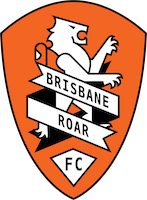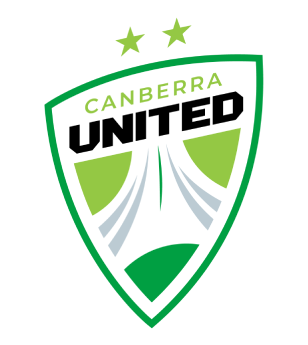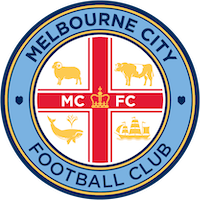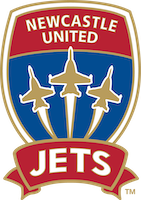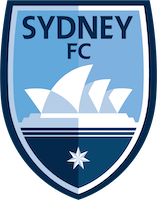Premier League winner Mark Bosnich experienced the early years of the Premier League in England as one of the competition’s 14 original foreign stars. Writing for KEEPUP, he explains why he senses this is a similarly seminal moment for the sport here in Australia.
The seeds for the English Premier League becoming the most popular competition in the world were sewn in 1992, which coincided with my first full senior season in England.
The big clubs at the time moved to split away from the Football League and form a new top tier, which was a huge gamble. Sir Alex Ferguson declared that “I’ll give the new league six months”, as tensions over the seismic shift reached boiling point and ended up in the High Court. But in retrospect, the split was the start of creating an absolute juggernaut, the EPL becoming a sporting and commercial global powerhouse.
That’s why events in Australia over the past year have been so interesting – 2021 has been Australia’s Premier League moment, in the sense that the A-Leagues have separated from Football Australia. As played out in England, I believe this move can help our domestic competitions and the national teams – both Socceroos and Matildas – fulfil their huge potential.
Sign-up for KEEPUP today and score yourself an exclusive 30-day free trial for Paramount+!
Like in England, the unbundling was not without its issues in Australia, and took years to effect. But with everything ratified and the A-Leagues already making big moves within a year of taking charge, there is a new buzz around football.
To understand how the Premier League has grown to where it is, it’s worth revisiting the state of English football 30 years ago. The English game already had some global appeal – from a personal point of view, Friday night’s Match of the Day here in Australia was a ritual that many looked forward to. My family would congregate at my late grandparents’ house and tune in to the famous music with the shirts of the previous season’s champions across the ABC screen.
But the late ‘80s had not been a good time for English football. The Heysel Stadium disaster, the Bradford City Fire and the terrible events at Hillsborough had left the game reeling.
Then the 1990 World Cup in Italy, where England got to the semi-final, reinvigorated interest in the game across the country, while the Taylor Report into the Hillsborough disaster called for all seater stadiums.
The clubs, who had already threatened in the past to break away from the Football League, now had to find the resources to rebuild their stadiums. Traditionally underpaid, the clubs had received only GBP6.3 million pounds for a two-year TV agreement in 1986.
READ: How to watch A-Leagues on 10 and Paramount+
MORE: For the first time, football’s destiny is in its own hands

They rightly wanted a bigger share of the revenue that they, in reality, generated, and the ability for the clubs themselves to negotiate their own sponsorship agreements and future broadcasting rights. The die was cast.
My former agent John Smith, the original super-agent, played a pivotal role in aligning the big five clubs as they were known then – Manchester United, Liverpool, Arsenal, Tottenham and Everton – to make the push permanent.
Former English FA chairman and Manchester United director Greg Dyke, who at the time was the head of the free-to-air channel ITV, met with the representatives of the big five to nut out a deal that would see the clubs realise their ambitions.
ITV eventually lost out to Rupert Murdoch’s BSkyB for the rights, with the new TV deal netting the Premier League a whopping GBP304 million over five years.
The rest of the first division clubs joined and on May 27, 1992, the Premier League was officially formed, in readiness for an official kick-off in August of that year. Initially there were 22 teams, cut to 20 from 1994/95. After 104 years, the Football League as the game’s overall structure was no more.
READ: The day that COVID took my beloved football away
MORE: Why I want to be the voice of the next generation
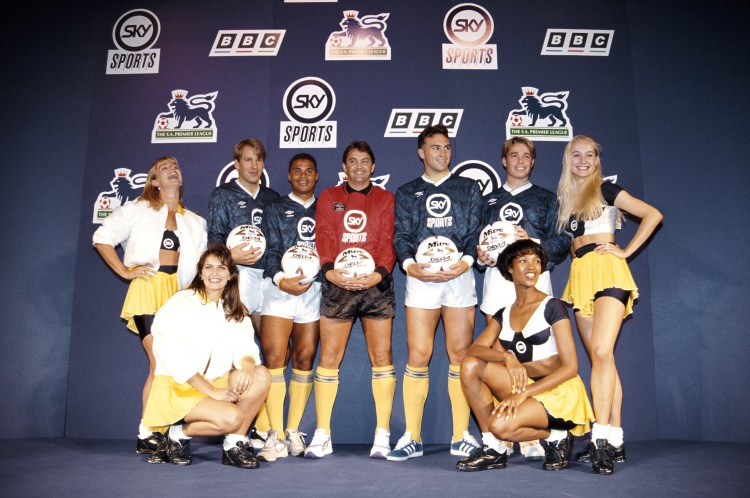
It was special being one of the original 14 foreign players in the Premier League in that first season, and memorable for me. In the second half, I played the last 16 games straight for Aston Villa as we battled it out for the inaugural Premier League title with Norwich City and Manchester United.
Bryan Robson and Steve Bruce eventually lifted the trophy for United, but really the Premier League itself was the winner. Now, 30 years on, it is the most watched sports league in the world, broadcasting in 212 territories to 643 million homes and with a potential TV audience of 4.7 billion people. Helping promote the competition to all corners of the globe, 113 nations have had players represented in the Premier League.
Every year, debate rages as to which of the big four leagues – along with Italy’s Serie A, Spain’s La Liga and Germany’s Bundesliga – are the best and each league has had periods where they could justifiably claim gold status.
However the argument as to which is the most exciting and entertaining is definitive. I am a fan of many sports, but the Premier League is the most watched, hence the most popular sporting competition in the world.
How far the A-Leagues can go will come down to a range of factors. But the early signs indicate that it could explode, in a football and Australian sporting sense.


